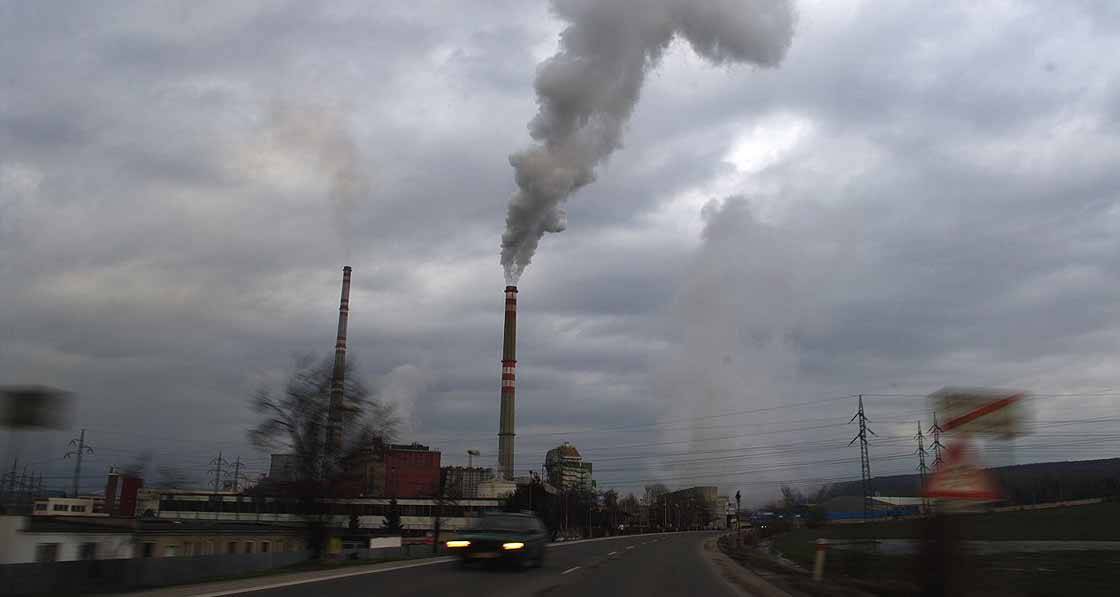
- General
- Posted
Ireland’s emissions continue to exceed carbon budget — EPA
The Environmental Protection Agency's latest figures show that Ireland exceeded its carbon emissions budget in 2018 for the third year running.
This article was originally published in issue 32 of Passive House Plus magazine. Click here to subscribe for as little as €10, or click here to receive the next issue free of charge
But with a marginal decrease of 0.2%, with total national emissions estimated at 60.5 million tonnes carbon dioxide equivalent. However, the budget was still exceeded by over 5 million tonnes.
“At a time of global urgency to address climate change this is a national trend that we must reverse,” said Eimear Cotter, director of the EPA’s Office of Environmental Sustainability. “Ireland must implement the ambitious commitments in the 2019 Climate Action Plan to play its role in averting the worst impacts of climate change.”
Across key sectors, the latest figures show that:
Household emissions increased by 7.9%, which reflected a colder winter in 2018. This increased demand for home heating – with oil still the predominant heating fuel — reflects the scale of the challenge to increase the resilience of our housing stock to extreme weather events.
Transport emissions increased by 1.7% in 2018. This is the fifth year out of the last six with increased emissions in transport. In road transport in 2018, petrol use continued to decrease by 9.2% while diesel use increased by 4.6% and biofuels use decreased by 4.0%. The EPA said that reversing this trend will require the widespread transition to electric vehicles, increased use of public transport and reducing the number of car journeys.
Agriculture emissions increased by 1.9% in 2018. The most significant drivers are higher dairy cow numbers (+2.7%) which reflects national plans to expand milk production. Dairy cow numbers have increased by 27% in the last five years while greenhouse gas emissions increased by 8% over that time. While agricultural production has gained some efficiency over this period, the EPA said these gains will not be sufficient to deliver overall emission reductions.
Energy industry emissions decreased by 11.7% in 2018. The most significant change in fuel used was a decrease in coal (44%), largely driven by maintenance works at the Moneypoint generating station, and an increase in renewable energy. In 2018, electricity generated from wind increased by 14% with the proportion of electricity generation from renewables now at 32.6%. This has resulted in a reduction in emissions intensity of electricity generation from 437 g CO2/kWh in 2017 to 377 g CO2/kWh in 2018.
Related items
-
 #BuildingLife Series: Director at CORA Consulting Engineers, John Casey
#BuildingLife Series: Director at CORA Consulting Engineers, John Casey -
 Green homes and finance join forces for growth
Green homes and finance join forces for growth -
 Hotel demolition judicial review could set embodied carbon precedent
Hotel demolition judicial review could set embodied carbon precedent -
 ZEB Summit celebrates Irish passive progress
ZEB Summit celebrates Irish passive progress -
 Irish and British associations unite for conference as passive house explodes
Irish and British associations unite for conference as passive house explodes -
 IGBC launches case studies to drive nature-led construction
IGBC launches case studies to drive nature-led construction

